Mar 28, 2025
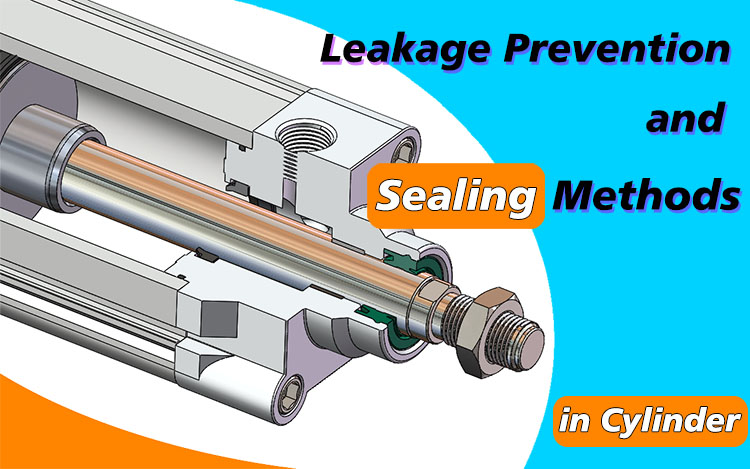
When you buy a new phone, you might be concerned about its waterproof performance. When you purchase a bottle of beverage, you certainly don’t want it to leak. But have you ever considered how these products achieve proper sealing?
Beverage bottles typically use threaded caps for sealing. Some cups feature silicone gaskets, while faucets and water pipes rely on pipes and fittings with sealing rings or PTFE thread seal tape.
Clearly, there are various sealing methods, but different objects and scenarios require different sealing solutions. A simple example is shaking a bottle of soda. You’ll see the bottle bulging, and sometimes the cap may even pop off due to the pressure. This indicates that threaded caps are not suitable for high-pressure environments.
So, what is the most suitable sealing method for pneumatic cylinders, which contain high-pressure gas inside?
To understand how pneumatic air cylinders achieve sealing, we must first determine which areas require sealing.
The working principle of a cylinder is straightforward. For a double-acting cylinder, when gas enters through the rear end cap, the piston moves forward, driving the piston rod outward. When gas enters through the front end cap, the piston rod retracts. This cycle repeats, forming the basic function of a cylinder.
For a cylinder to function properly, a completely sealed chamber must be formed inside the barrel. Based on this, the following areas require sealing:
◆ Between the cylinder barrel and end caps
◆ Between the piston rod and the end cap
◆ On both sides of the piston
◆ Between the fittings and the end caps
This connection is typically sealed using O-rings. During the design phase, the end cap is pre-designed with a groove to accommodate an O-ring. During assembly, the cylinder barrel is aligned with the groove, and the cylinder is secured with tie rods and nuts to achieve the seal.
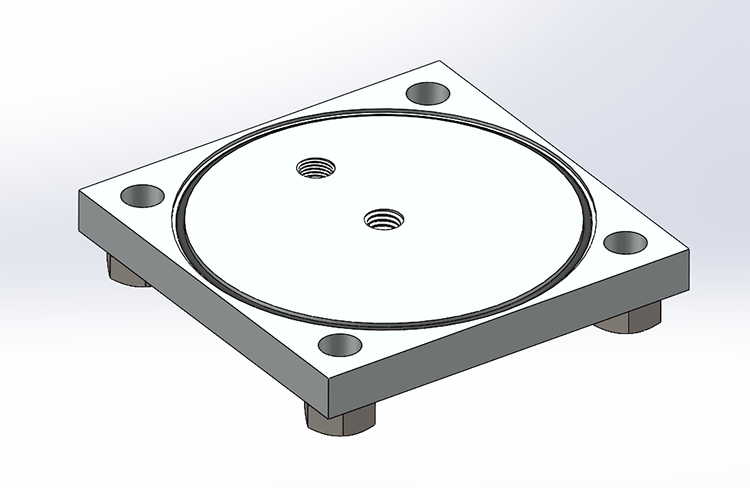
However, this method has an obvious drawback—the sealing force is provided by tightening the nuts. If the nuts loosen due to vibrations or environmental corrosion, the sealing effect will be compromised.
Many standard cylinders use an improved sealing method. In this design, the end cap has a raised structure with a side groove for the O-ring. During installation, this structure fits inside the cylinder barrel, and the chamfer on the inner wall of the barrel prevents damage to the O-ring during assembly.
With this design, the sealing force is provided by the compression of the inner wall of the cylinder barrel, making it much more reliable than the previous method. For applications with stricter sealing requirements, sealant can also be used to enhance the seal.
The movement of the cylinder is controlled by the pressure difference on both sides of the piston. If there is leakage between the two sides, the cylinder’s efficiency will decrease, and it may even fail to function properly. Therefore, a complete separation of the air chambers is essential.
Since the piston and cylinder barrel have relative motion, Y-ring seals are a better choice than O-rings, which are more suitable for static sealing.
The Y-ring has a Y-shaped bottom structure that expands under pressure, pressing tightly against the cylinder wall to achieve an effective seal.
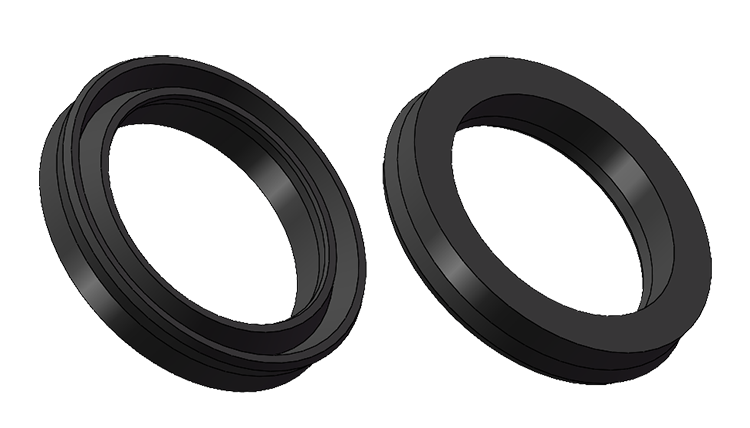
Unlike the rear end cap, the front end cap must allow the piston rod to pass through while maintaining a seal.
Since this is also a dynamic seal, it typically uses a Y-ring, similar to the one used for the piston. The front cap usually contains a bushing that guides the piston rod. However, the bushing itself does not provide a seal, so the air pressure must pass through the bushing and press against the Y-ring to achieve proper sealing.
Different cylinder models use different materials for this seal. For instance, DNC cylinders use green PU (polyurethane) seals, while SC series cylinders use black NBR seals. PU seals offer better wear resistance, while NBR seals have superior oil resistance.
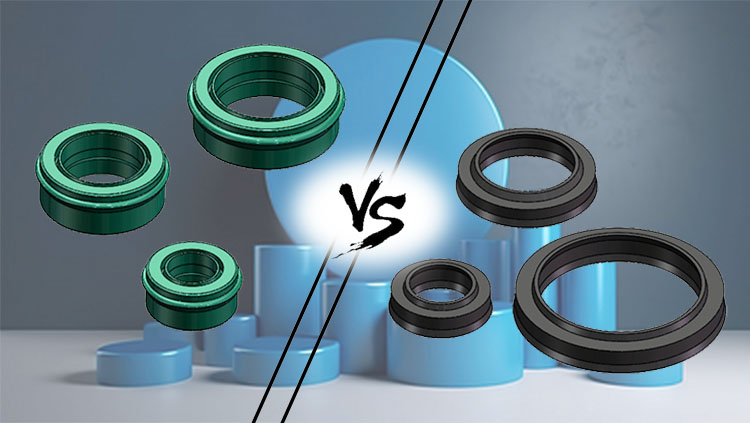
Pipes are connected to the end cap’s air inlet via threaded fittings, which typically require additional sealing measures, such as O-rings, sealants, or PTFE thread seal tape.
For more information on pipe threads and their sealing methods, refer to What is Pipe Thread?
In addition to these key areas, certain specialized cylinders have additional sealing requirements. For example:
◆ Segmented pistons require two O-rings to seal the connection between the piston and piston rod.
◆ Piston rod fastenings require bolts and O-rings to maintain a tight seal.
Sealing is a crucial aspect of cylinder performance. By selecting the appropriate sealing method and materials, we can ensure optimal efficiency and longevity for pneumatic cylinders.
Cylinder components and finished cylinders usually come with sealing rings. Of course, sealing rings can also be purchased and replaced separately according to different requirements.
Fescolo is a professional manufacturer specializing in various pneumatic components. We offer a wide range of fittings, tubes, and various of seals,. If you need more details, please visit our Product Page.
Additionally, check out our Blog Page, where we provide in-depth articles, images, and videos to help you better understand pipe threads and pneumatic tube fittings.
You May Interest In
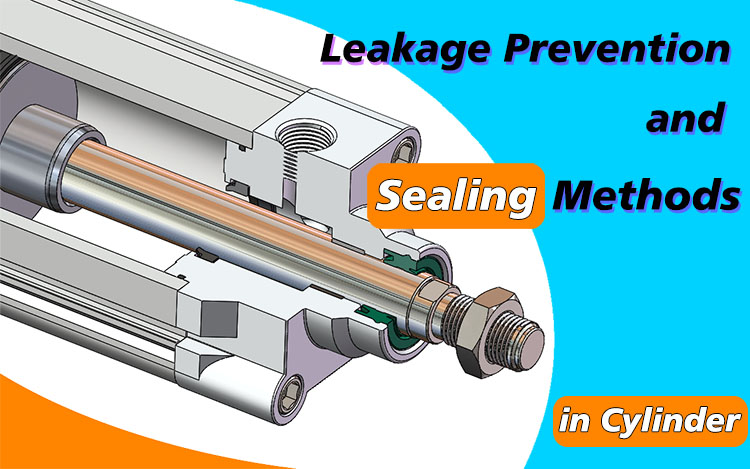
Mar 28, 2025 Blog
Leakage Prevention and Sealing Methods in Cylinder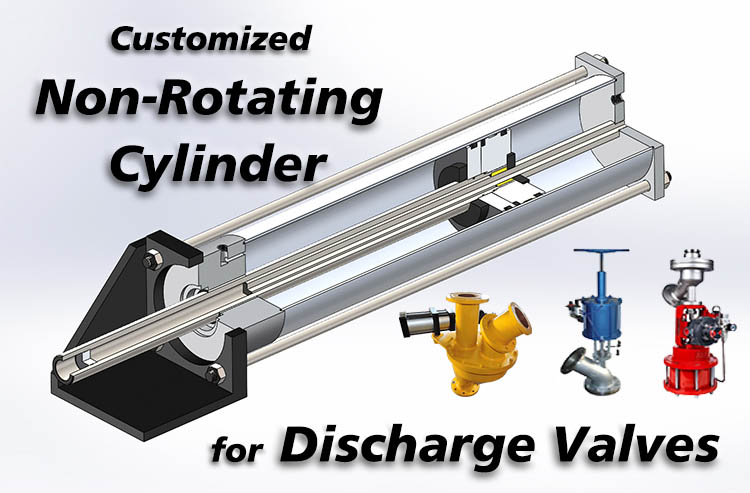
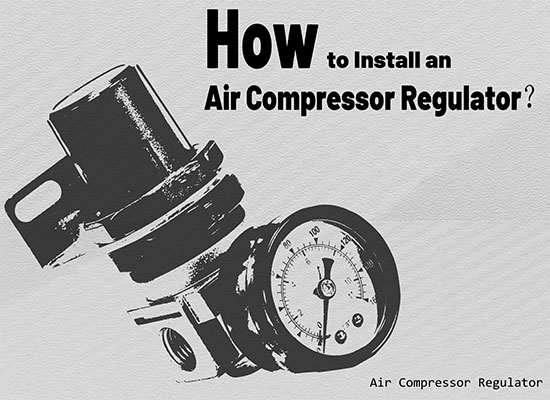
Mar 18, 2025 Blog
How to Install an Air Compressor Regulator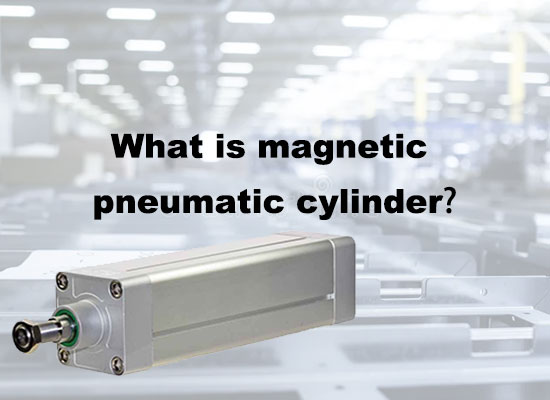
Mar 13, 2025 Blog
What is Magnetic Pneumatic Cylinders?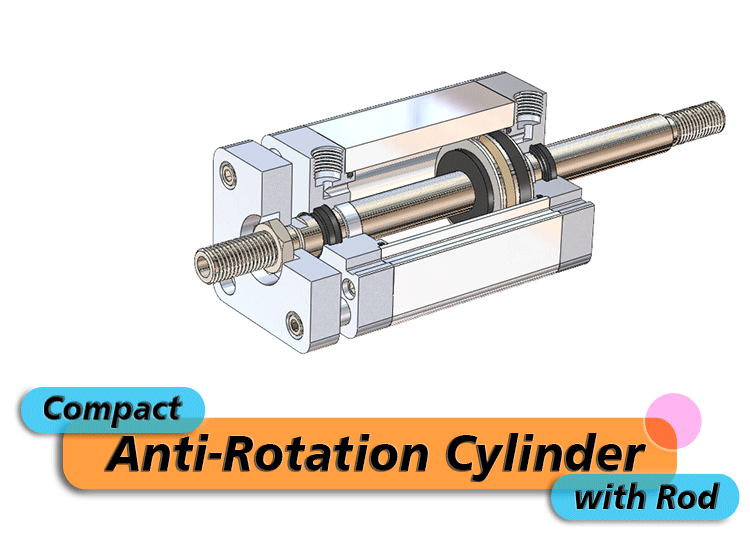
Mar 10, 2025 Blog
Compact Anti-Rotation Cylinder with Rod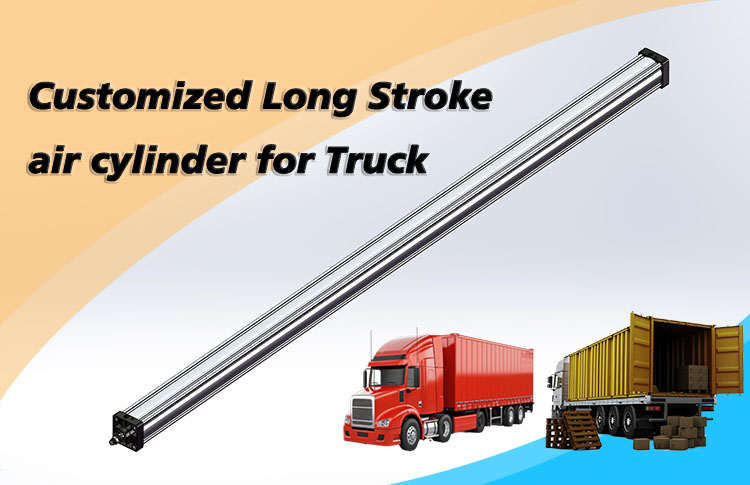
Mar 10, 2025 Blog
Customized Long Stroke Air Cylinder for Truck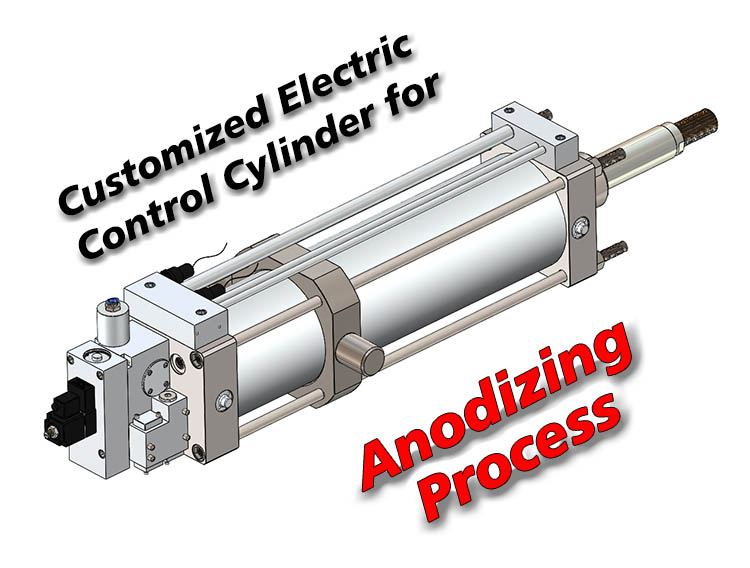
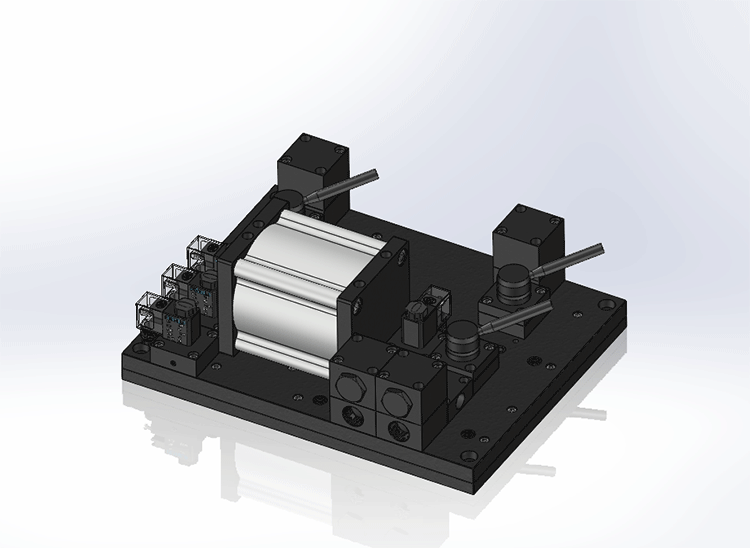
Mar 10, 2025 Blog
Customized Combination Manifold Valves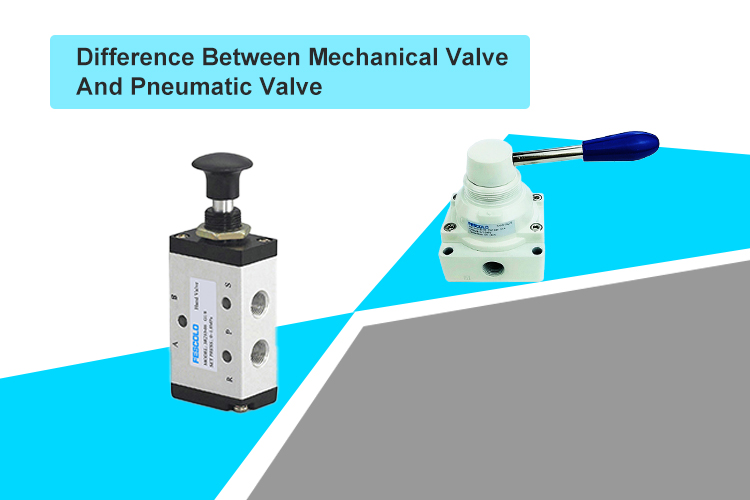
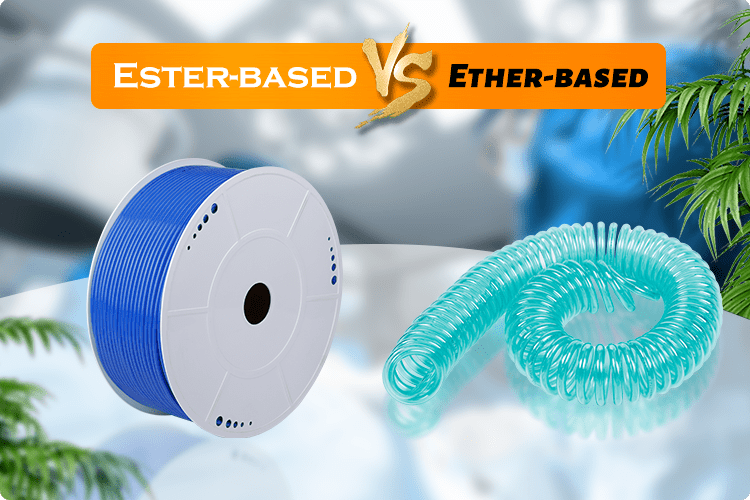
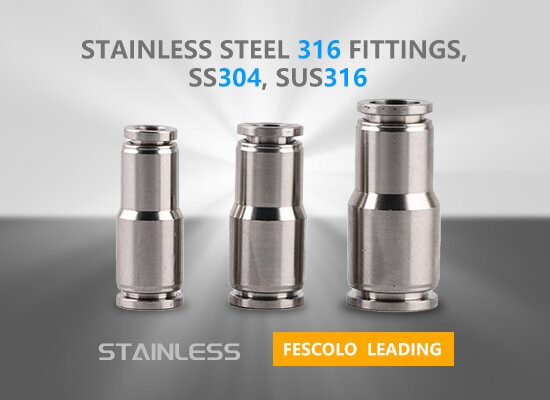
May 16, 2019 Blog
STAINLESS STEEL 316 FITTINGS, SS304, SUS316
May 03, 2018 Blog
Application Of Tube Fitting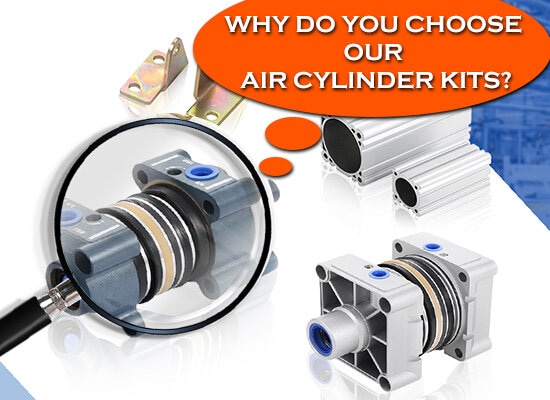
Jun 08, 2018 Blog
Why Do You Choose Our Air Cylinder kits?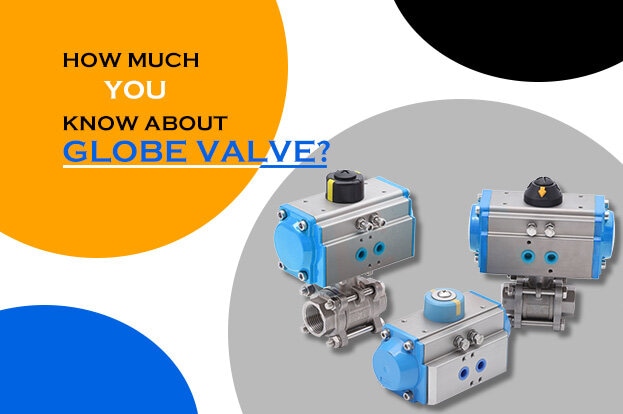
Feb 09, 2018 Blog
How much you know about globe valve?FOKCA ©1998-2025 Fescolo Pneumatic All Rights Reserved Sitemap